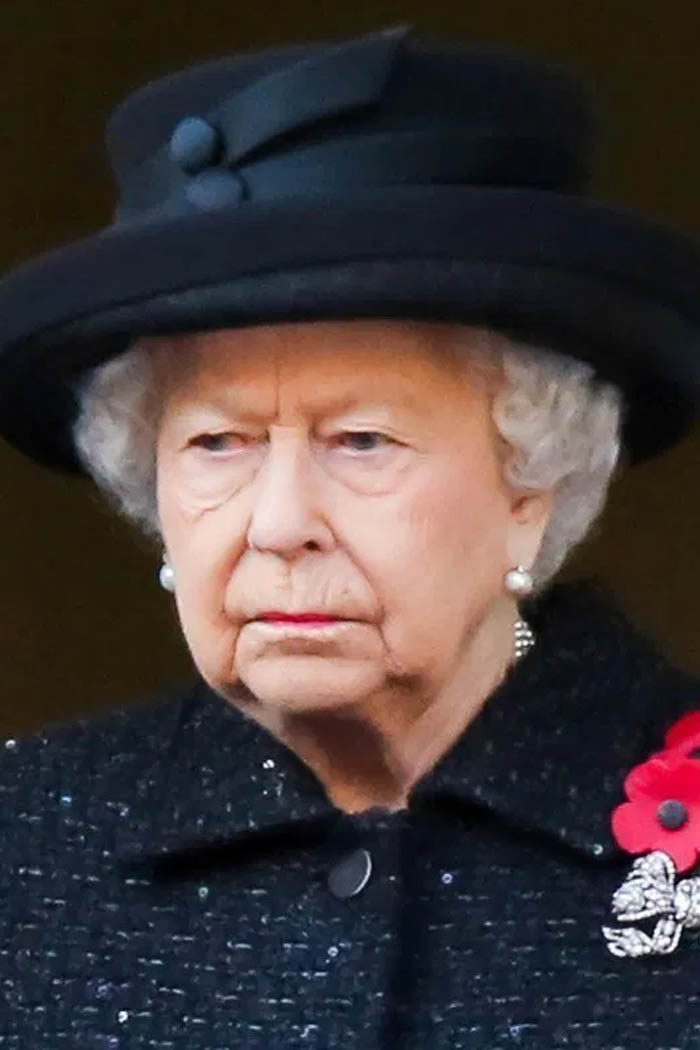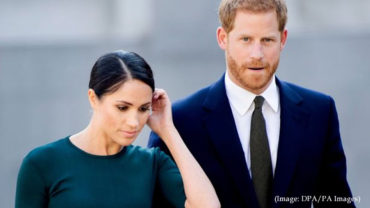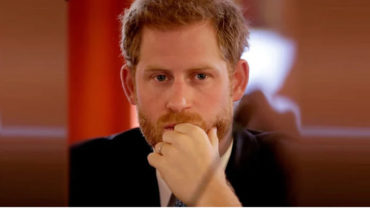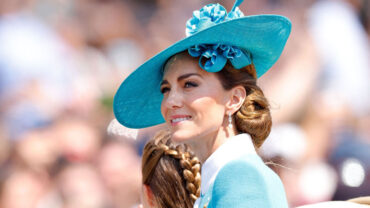Channel 4 documentary The Queen and the Coup, which will be released on June 14, will explore how a misinterpreted message helped a CIA-British coup that ousted the democratic government of Iran. Shah Mohammad Reza Pahlavi of Iran took over power in 1953, establishing tensions between the US and Iran that lasted ever since.
Iran’s shah was thinking of abandoning the country, which would have contributed to destroying the British-US plot before it could be put in practice.
But on February 27 of that year, the US Secretary of State, John Foster Dulles, was sent a “top secret’ cable from the US embassy in London.
The message was from Britain’s Foreign Secretary, Anthony Eden, and it read: “Foreign Office this afternoon informed us of receipt message from Eden from Queen Elizabeth expressing concern at latest developments re Shah and strong hope we can find some means of dissuading him from leaving the country.”
The US interpreted the note from Britain as a strategy to urge the shah to stay put, said Rory Cormac, professor of international relations at the University of Nottingham, one of two scholars who discovered the documents.

For the Americans, “this is great,” Mr Cormac told NBC News.
“This is ammunition that we can use from somebody whom the shah really respects, the queen, the leader of the global royal families.”
Loy Henderson, the US ambassador in Tehran, immediately tried to set up a meeting with he shah to give him the message, however, a palace aide rejected the request for a meeting because the shah was expecting Prime Minister Mossadegh to arrive to “bid him farewell”.
Mr Henderson then proceeded to say the message to the shah through the palace aide on the phone, using coded wording.
Although it is unclear whether the shah understood the message, he promptly discarded his plans to flee Tehran, said Richard Aldrich, professor of politics and international studies at the University of Warwick, an academic who unearthed the documents.
“He does a U-turn,” he said. ”What we would really like to do as historians is to be able to set up a laboratory and rerun the events and change that one thing, but you can’t do that. But my assessment is, that this coup would have been much, much less likely to have happened if the shah had fled.”
In London, the US embassy soon discovered the note it had relayed from British officials could be confused.
Referring to its earlier message, the embassy explains that the name “Queen Elizabeth refers of course to vessel and not – repeat not – to monarch,” according to a second message uncovered in the documentary.
The British Foreign Secretary had sent his confusing note on board a ship, the RMS Queen Elizabeth, while he was travelling to Canada.
“It’s poorly drafted, and I wouldn’t blame the Americans at all for misreading it,” Mr Cormac said.

The London embassy send a message to Washington that read: “deeply regret lack of clarity. It was not, repeat not, until re-reading the message this morning that it occurred to us that it was open to misinterpretation.”
US officials did not tell British authorities or the shah about the confusion.
The British government would have been scandalised to find out the monarch was being used as a tool in a covert regime substitution plot, Mr Cormac said.
“They don’t want the shah to realise that essentially he’s been misinformed, perhaps even unintentionally duped,” Mr Aldrich said.
“He’s been persuaded to take risks… And all this to some extent is on a false premise. He believes he has received a message from one monarch to another. He’s actually received a message from a boat. Not quite the same thing.”







